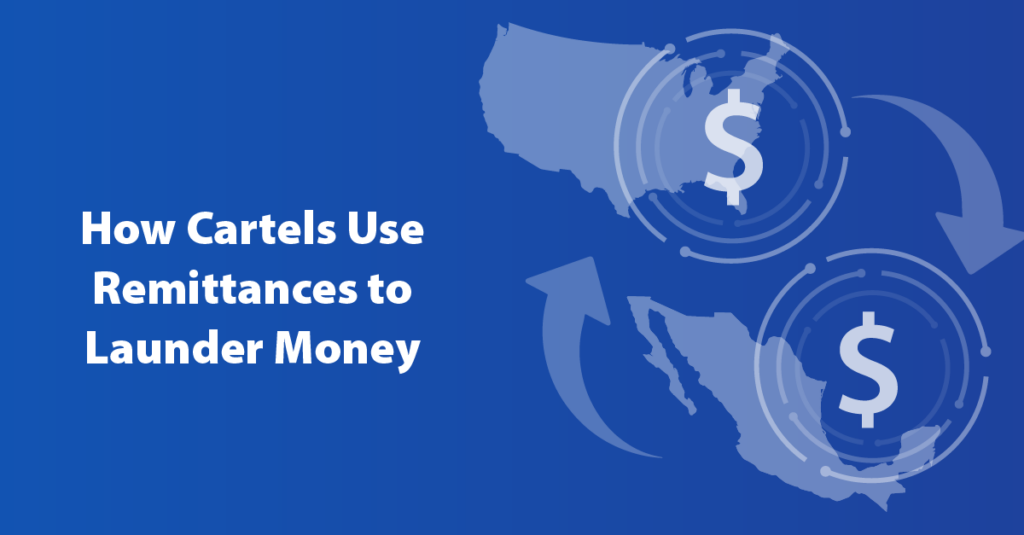Every year, more than $50 billion flows from the United States to Mexico through remittance payments, and 94% of all remittances received in Mexico come from the United States, according to the latest research by the Wilson Center.
These money transfer services are a vital source of income for millions of Mexican citizens, as many migrant workers in the United States use these services to send cash to family members in Mexico.
In addition to these legitimate uses, money transfer services are also exploited by drug cartels to launder illicit profits generated in the United States.
According to a Reuters investigation, cartels will recruit civilians on both sides of the border to move small sums of money. This practice makes it difficult to trace this money back to cartels.
These schemes involve sending remittances to people with no obvious links to organized crime who then deposit the cash into bank accounts controlled by the cartels.
The investigation focused on how this scheme was carried out by the Sinaloa Cartel. Reuters interviewed a woman who admitted to cashing remittances for the cartel and showed various WhatsApp messages from her handlers. She said she earned a commission for each transaction and has never met her contacts in person.
The cartel also uses front businesses, such as cell phone shops and car dealerships, to send and receive remittances. According to U.S. and Mexican security officials, the cartel has been using this method for years while continually increasing the sophistication of their tactics.
The Reuters investigation also cited a report by a Mexican think tank that estimated at least 7.5% of remittances sent to Mexico during the last year could come from illegal activity. The report said the total volume of remittances increased by 27% from 2020 to 2021 and increases in legitimate remittances have made it easier for cartels to disguise their illicit funds. For example, the average legitimate remittance is $340, which does not raise any red flags within typical compliance monitoring programs.
The Mexican government has acknowledged the problem of money laundering through remittances and vowed to crack down on it. However, the authorities face challenges in detecting and prosecuting these cases, as they often involve low-level operatives and complex networks.
The U.S. government has also been trying to curb the flow of drug money from its territory. It has imposed sanctions on money transfer firms that have been linked to cartels and has cooperated with Mexican authorities to share intelligence and evidence.
In conclusion, money laundering through remittances seriously threatens the financial system and national security of both Mexico and the United States. It also undermines the legitimate purposes of cash remittances.
As the volume of remittances across the United States-Mexican border continues to increase, it is crucial for money transfer services companies to have a robust anti-money laundering (AML) program in place to uncover this type of activity.
AML programs should include customer due diligence, transaction monitoring, screening against sanctions and watchlists, reporting of suspicious activities and independent audits. AML programs need to have the capabilities to detect the illegitimate transactions hiding among the high volume of legitimate ones, as traditional structuring and mule activity rules may not be able to identify these patterns. These programs also must be able to adapt as quickly as the cartels, leverage advanced technology, and evolve artificial intelligence tools to identify this nefarious activity.
By implementing effective AML measures, money transfer services companies can not only comply with regulatory requirements but also protect their hard-won reputations while contributing to the fight against money laundering, drug trafficking, and Counter Terrorism Financing (CTF).
About the Author

Robert Partridge
Rob currently serves as Sales Executive for Skylight at epay, bringing many years of experience in the payments industry. He has focused his career on FRAML and accounting reconciliation platforms and is dedicated to providing quality solutions to detect, manage, and report suspected anti-money laundering and payment fraud. Rob has worked with financial institutions across the US, Europe, Asia, and Africa in implementation, design, support, and sales.
Rob started his career in the UK in the banking industry before moving into the solution provider space, specializing in cash demand planning, accounting, and cost reduction. He also has extensive experience in merchant fraud, behavioral and biometric data gathering and decision, sanctions, PEP, and adverse media screening data.


